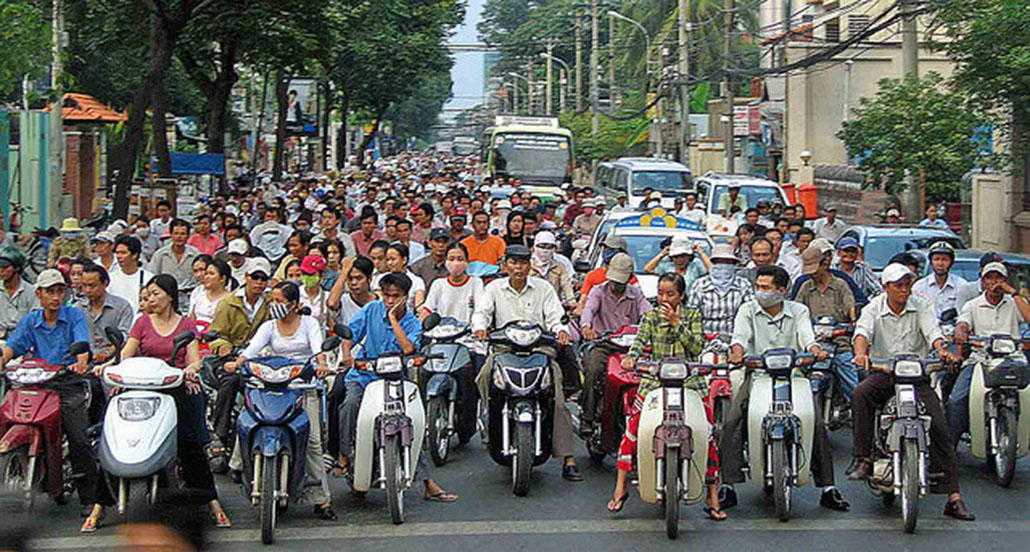Asian Regional Income, Growth, and Distribution to 2030
Place: Asia • Dates: 2010 • Partner: ADB
Project Summary
As Asia consolidates the economic gains and policy lessons of two generations, it can look to a bright future of sustained growth. More effective policies will even accelerate this growth, provided they recognize the essential agents of trade and productivity growth, as well as the importance of promoting domestic regional demand. Rising incomes promise greater homegrown demand for domestic producers and essential diversification for regional exporters.
This study surveys historical income distribution data from 22 Asian economies, projects the emergence of middle classes in the next 20 years, and examines its role in Asian economies. The study also examines the drivers of growth over this periond using a dynamic computable general equilibrium (CGE) model to forecast GDP and consumption trends.
The findings suggest that Asia can sustain and even accelerate current patterns of poverty reduction and livelihood advancement beyond poverty. Over the next 20 years, about 1 billion people will be added to the 2.7 billion Asian middle class (based on $2-a- day PPP standard). The rate of middle class emergence will be uneven across the region and will depend mostly on initial conditions.
The results also suggest that energy price vulnerability is a critical risk to regional growth—and calls for energy efficiency measures to insure against this risk. The agricultural productivity growth can improve both the incomes of the majority of Asia’s rural poor and the purchasing power of urbanites. Policies that reduce both energy and food costs can therefore be a potent source of new demand for products and services as well as jobs.
Finally, given the importance of labor resources to Asian growth, skills development is the most critical prerequisite for realizing the vast economic potential of Asia. Higher incomes, a larger middle class, and self-sustaining prosperity can only be built on the foundation of a skilled and productive labor force that captures significant value added and channels higer incomes into sustained long-term expenditure, savings, and investment.
Most Recent Entries

Low Carbon Biomass Conversion in the Sierra Nevada






